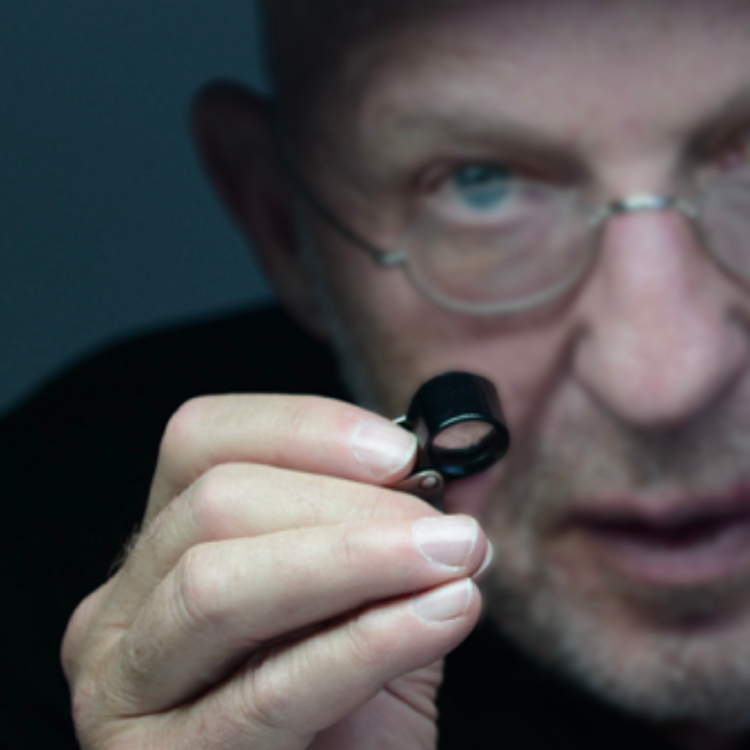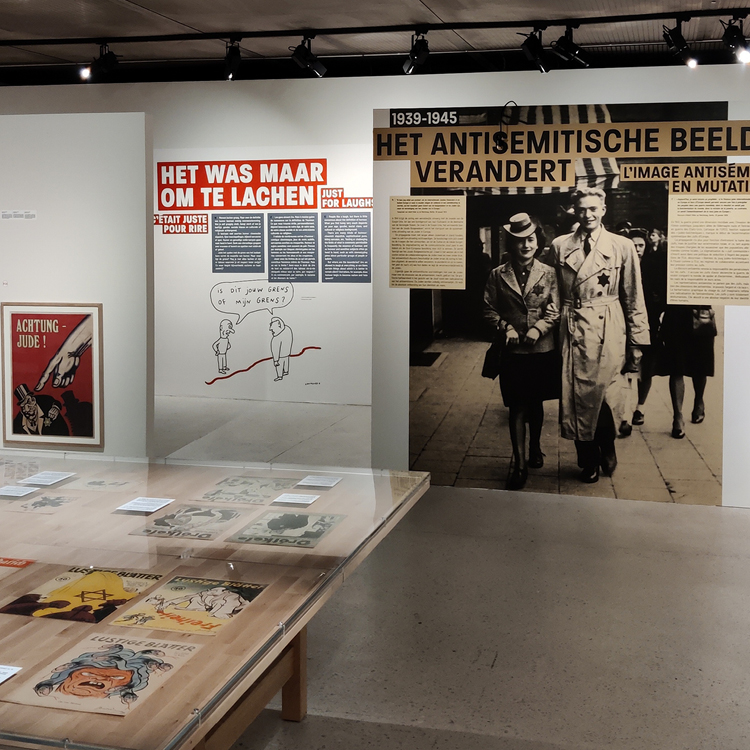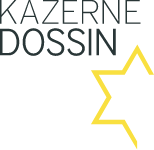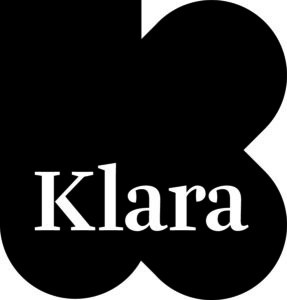There are a number of mechanisms that continue to have a major impact on our ideas and our society today. These mechanisms are closely linked to the historical antisemitic imagery we discover through the Langerman collection. Discover these timeless mechanisms which we further explore in #FakeImages on the basis of four interactive constellations.
















